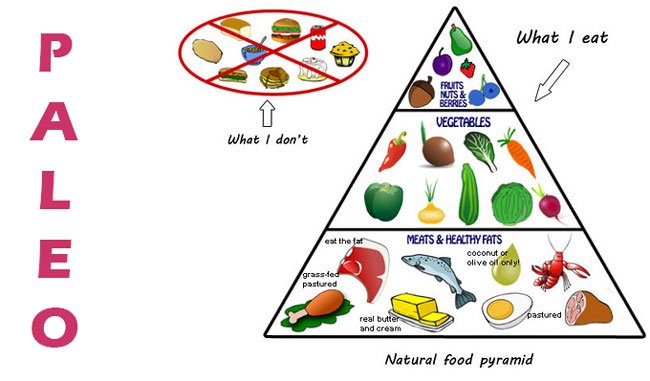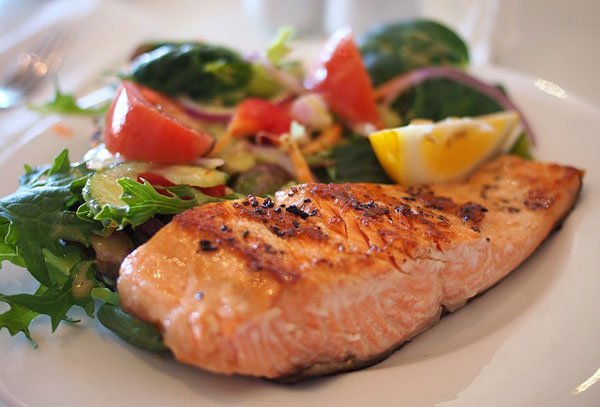The difference between dieting to lose weight and therapeutic diets for deeper healing.
The idea for this post came to me after discussing this issue on someone else’s post. To many people, a diet is a diet is a diet. But there are different reasons to change our way of eating, and those reasons can affect what changes we make.

Dieting to lose weight
This is the concept most people think off when we say diet. So let’s address that first. To lose weight, some widely publicised approaches are to:
• Restrict calories
• Restrict fat, but eat lots of carbs and protein
• Restrict both carbs and fat
Depending on your metabolic tendencies, one of these may work for you temporarily.
But under-eating, especially under-eating fat, can have disastrous effects on your metabolism, and once you stop depriving yourself, the weight is likely to go back on. Hence the term yo-yo dieting.
A couple of more effective, and safer, approaches are:
• Low carb, high fat (LCHF)
• Ketogenic (very low carb, high fat)
But, in my view, even these approaches are only band aids if you keep eating “fake food”.
By that, I mean anything that has been made in a factory, instead of provided by nature.

Changing diet for improved health
If we want to address health first, we need a different approach. We want to promote ways of eating that will help the body heal from chronic issues such as:
• high blood sugar / high insulin
• thyroid and adrenal dysfunction
• autoimmune dis-eases
• heart disease
• and more.
To improve health I look to real food eating as an underlying principle. For the purposes of this tag on Steemit, we are calling it Paleo, as that is a term that is fairly well known. But what we really mean is any Real Food diet that covers our nutritional needs.
I rather like the term ancestral eating, as we want to go back to real foods that our ancestors have eaten for eons, foods that we know our bodies are designed to eat.

You can still put your own spin on it, such as:
• LCHF / Keto / Carnivore - at one end of the spectrum
• Vegetarian / High plant / Raw foods / Juicing - at the other end
• Adding in intermittent fasting (meal spacing)
• Avoiding your own individual allergies such as starches, gluten, dairy or nightshades
But the underlying principle is eating a range of real foods that nourish you and keep you satisfied.
If you’re eating lots of processed foods or sugars, those are the things that need to be eliminated for your Real Food diet to help you.
Some popular diets remove the most beneficial foods. For example, if your diet sheet says to eat egg white omelettes and throw away the nutritious yolk, that’s no longer a whole food.

A special note about sugar
Yes, if you stop eating sugar, you will feel deprived for a while. This is unavoidable because sugar is highly addictive. For some people it can work to just cut out processed sugar and still eat fruit, grains and legumes, as long as they are unprocessed.
But for most people, and especially those with conditions such as metabolic syndrome, blood sugar issues or insulin issues, you will almost definitely need to drastically cut back on even whole sugars and high carb foods for a while, and in some cases permanently. The good news is that after about 4 days the physiological cravings will diminish – as long as you go 100% for a while.
But beware; even one slip will have you looking around for more. Don’t beat yourself up if that happens, but notice it and get back on the wagon!

In summary
OK, I went off on a bit of a tangent about sugar at the end there, but that is something that bears repeating regularly, as it is possibly the hardest thing to cope with. So I’ll probably talk about it again!
But hopefully you now have a feel for the difference between deprivation dieting to lose weight, and eating real foods to rebuild your health. This is a fairly brief description – as many of you know, my posts are often fairly lengthy! – so feel free to ask questions.
More resources
• For more on what is involved, see my post on what is meant by a Paleo diet here.
• For some tips on how to get started on a healing diet of any kind, see this recent post.
• See some of my previous nutrition posts below.
• Read @triddin’s story about managing diabetes here.
• Read @baerdric’s story about going Paleo here.
• And keep checking out the #paleo feed for more helpful articles and recipes.
Thanks for reading and let me know how you get on
The Paleo food pyramid is in a few places but although I can’t find it there, I think it first came from Mark Sisson of www.marksdailyapple.com. The rest of the pics are from Pixabay.
Follow me for more health, nutrition, food, lifestyle and recipe posts.

[I offer one on one nutritional coaching or EFT (Emotional Freedom Technique) sessions by Skype. Bitcoin, Steem or Paypal accepted. Contact me in Discord or SteemitChat.
Some of my previous NUTRITION posts:
• The wide variety of healthy diets out and what they have in common
• The travels of Weston A Price and his discoveries about healthy diets
• Good fats vs bad fats
• DNA testing for better Health & Fitness
• DNA testing part 2: How Well Do I Digest Carbs?
• DNA testing Part 3: I can’t eat Carbs & How to Manage that
• About the Gut & Psychology syndrome (GAPS) diet Part 1 – Can it help autism?
• GAPS diet Part 2: Foods we can’t have
• GAPS diet Part 3: Foods we CAN have
• GAPS diet Part 4: What if I can’t eat some animal foods
• Salicylate intolerances


